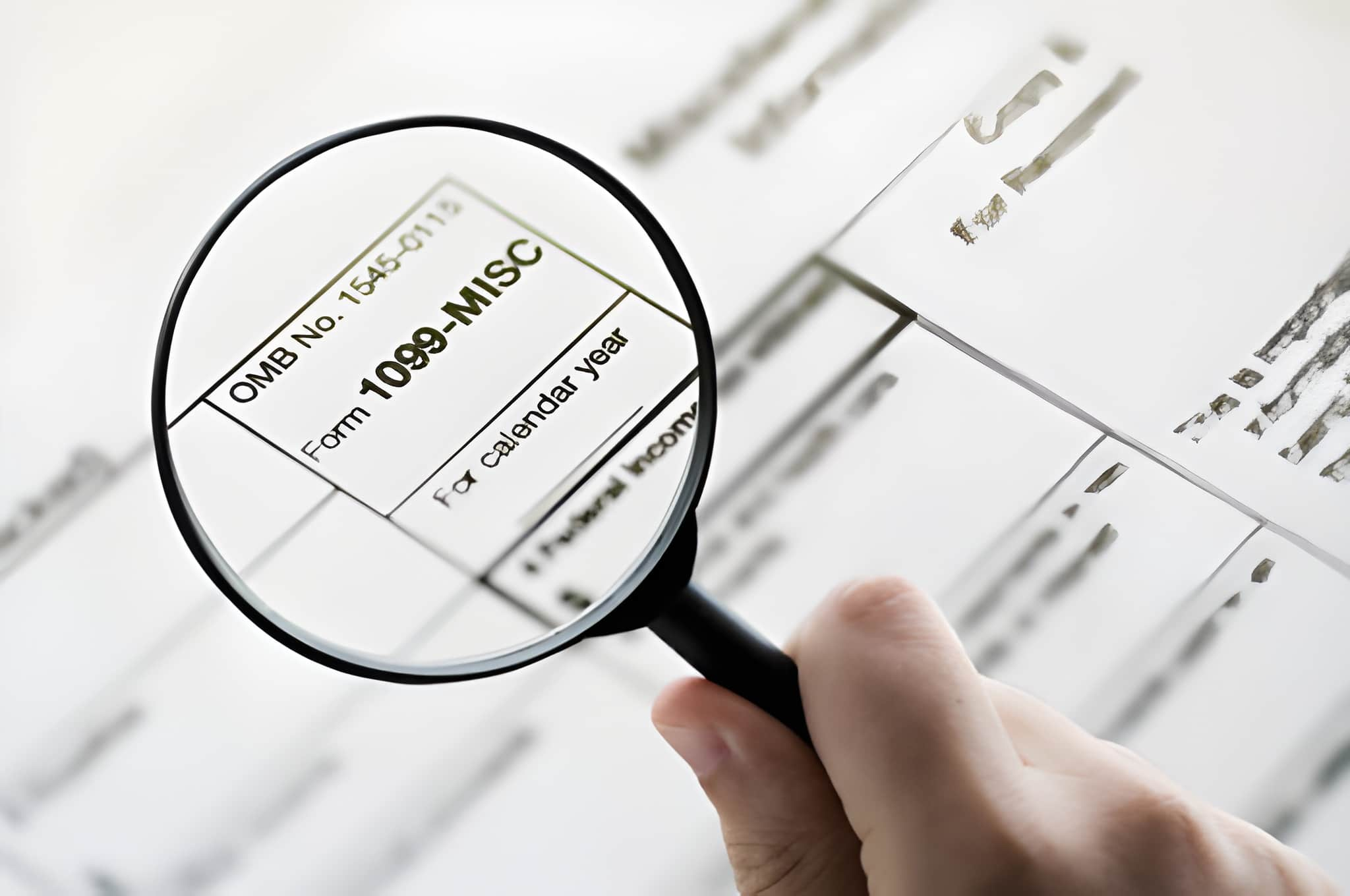Synchronics ‘ CounterPoint SQL
Previously known as CounterPoint In Touch, CounterPoint SQL is the high-end point-of-sale and inventory management system from Synchronics, built on Microsoft SQL Server database technology for performance, scalability and security. Three separate feature releases (8.2.7, 8.2.8 and 8.2.9) within the last year have added many new enhancements to the company’s flagship product.
EASE OF USE – 5 Stars
After selecting the company and logging in, the program’s main screen has an Explorer-style menu system with one folder for each module. Expanding the selected folder displays the module’s data-entry choices, reports and utilities options. Alternative menu styles include simplified Touchscreen buttons or Tree-style. For instance, the Point of Sale module has Tickets, Drawers, Credit Cards, Gift certificates, Store credits, Reports and Utilities. Other modules have similar choices for Adjustments, Prices, Views, Reports and Utilities. As you select these sub-items, additional choices display on the right side of the Explorer window, where the actual data entry, processing or reporting screen is launched.
The Point of Sale module has two register modes: Ticket Entry or Touchscreen Ticket Entry. Ticket Entry has a standard keyboard and scanner-based data-entry screen with an item list of items that have been rung up, a data-entry area, and user-configurable sections for detailed line item information as well as a running transaction summary that shows a subtotal, gift certificates, miscellaneous charges, sales tax and total. Color-coded items in the list area let you process sales and returns on the same ticket by simply selecting the appropriate button.
Touchscreen Ticket Entry allows for a customized screen that is designed for touch screen use. On this screen, the item list occupies the upper left section of the screen, while the right-hand side has large color-coded and customizable buttons for product selection, payment options and other processing options. The lower left-hand section of the screen shows the running subtotal, tax and total. Version 8.2.8 introduced the ability to define Custom Action Touchscreen buttons that, when clicked, execute custom actions as defined in the setup file. Custom Action buttons can be used to display maintenance or view forms, start external programs or scripts, preview or print reports, display web pages, or perform other actions.
MODULES/SCALABILITY – 5 Stars
The Base System includes Point of Sale, Inventory, Customers, Purchasing, Sales History, Ecommerce, System and Setup modules. Other add-on modules include Advanced Pricing, Receivables, Credit Cards, Multi-Site/Hub, Serial Numbers and Offline Ticket Entry (new in version 8.2.8).
The software ships with MSDE (Microsoft Data Engine), which is the entry-level version of the full SQL Server database package, which supports up to five users or a maximum database size of 2GB. For installations with more users or a large database size, the separate purchase of Microsoft SQL Server will be required. Using the optional Multi-Size/Hub module, multiple remote sites can operate independently during the day and periodically exchange information. Information can be replicated through a dial-up, WAN or Internet connection, and can be scheduled to take place at specified intervals during the day or as an overnight process.
FEATURES/FUNCTIONALITY – 5 Stars
CounterPoint SQL’s Inventory module offers support for inventory, non-inventory, service and discount items. A grid with up to three dimensions is available for sized items, such as clothing. Serial numbers can be tracked with an optional add-on module. Selling prices can be calculated in several ways, using a flexible set of rules and price codes. Multiple pricing rules can be associated with each item, and you can specify the priority of each rule. For example, you could set a vendor-based discount or a category-based discount, and specify which rule to follow first. Promotional prices can be specified for a particular time period, and contract pricing can be specified for particular customers.
The optional Advanced Pricing module offers advanced pricing capabilities, including six-level prices, price-by-location, oversize pricing (price-by-cell) and custom expressions. The six-level prices allow you to utilize tiered, multi-level pricing, which automatically selects a particular price level based on the specific customer making the purchase and the quantity being sold. Oversize pricing is used for gridded (apparel) items, allowing you to assign a higher or lower price for each cell (color/size combination) of a gridded item. The custom expressions allow you to further define price calculation formulas. For example, you can define complex pricing such as ‘10% off Price, Less $1.’
New features introduced within the last year include expanded sales tax capabilities for multiple authorities, improved data-entry screens that let you quickly ‘enter through’ multiple tabs using the keyboard for data entry, simplified inventory setup, simplified screen of adding new customers on-the-fly, point-of-sale signature capture, ability to view/edit/delete records in a spreadsheet-style format called Table View, full electronic documentation, improved bad-scan handling, ability to post payments to a customer’s AR account, multiple currency support, simplified price rules, and ability to process returns to vendors.
INTEGRATION – 5 Stars
Numerous enhancements improve CounterPoint SQL’s ability to integrate with other third-party applications. On the export side, CounterPoint SQL now offers a direct accounting interface to Best Software’s BusinessWorks Gold 4.0, MAS 90 and MAS 200. In previous versions, the program included a series of modifiable Crystal Reports that enabled the creation of GL export files in a variety of accounting software formats. In this version, these reports have been replaced by a generic accounting interface that can export distributions to virtually any accounting package format. CounterPoint SQL also includes pre-defined DTS packages to transfer distributions and voucher receivings into *.CSV files formatted for ACCPAC, QuickBooks, Solomon IV, MIP Fund Accounting, and The Financial Edge (Blackbaud). On the import side, a new Upgrade Data utility allows you to import data from other versions of CounterPoint, as well as convert data from third-party applications through the *.CSV file format. The new Data Verify utility tests your database to ensure that it contains valid data that has been imported using a dictionary test, lookup test or both.
TRACKING/REPORTING – 5 Stars
Each module includes numerous reports that are well designed and provide valuable management information. All reports are based on the Crystal Reports engine, which allows them to be exported to *.PDF, HTML, Excel, Word, Text or even XML. The reports offer many filtering and summarization options. Several new and enhanced reports have been added within the last year. A new one-page Flash Sales report provides a brief one-page synopsis of sales activity at one or more stores for a specified period of time. The Sales Analysis by Group report now offers two additional reporting methods that allow you to analyze sales by grid dimensions or cells. Label printing has also been improved to include more robust capabilities, which are enabled by an embedded NiceLabel Print Engine, replacing the earlier Crystal Reports label reports. In addition, a new stand-alone Crystal Reports Viewer allows you to view and print reports outside of the software as well as export reports to a variety of formats.
RELATIVE VALUE – 5 Stars
With three product releases in the last year, the company has issued a steady stream of product enhancements and upgrades. CounterPoint SQL costs $2,200 for a single-user, single-location basic system. Pricing is based on the number of users (registers), additional Options purchased and the number of physical locations. A demo is available by contacting the company.
2004 OVERALL RATING: 5 Stars
Thanks for reading CPA Practice Advisor!
Subscribe Already registered? Log In
Need more information? Read the FAQs



